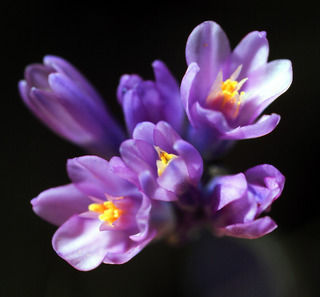Charophyceans are the green algae most clearly related to land plants. They are the algal group that contain the most plant characteristics such as having the rosette cellulose-synthesizing complexes and peroxisomes. The structure of the sperm of land plants closely resembles the sperm of charophyceans and cell divisions are similar.

Bryophytes
Bryophytes include the mosses, liverworts, and hornworts. They have to live in moist areas and cannot grow very tall because they do not have true vascular tissues, to transport water, but contain lignin. They reproduce using spores with reproductive structures of gametangia and sporangia.

Pteridophytes
These are vascular plants, which contain xylem and phloem. Horsetails, ferns, club mosses, and quillworts are considered pteridophytes. Instead of producing flowers or seeds, they too produce spores. They do have true roots, stems, and leaves. Most of them reproduce by spores.
Gymosperms
Gymnosperms include conifers, cycads, and ginkgo. Theses are a group of seed-bearing plants. The seeds of the gymnosperms are unenclosed and are called ovules in their unfertilized state. The seeds usually develop on the surface of the scale like appendages of the cones or at the end of short stalks.

Angiosperms
Angiosperms have the most diversity than the rest of the plant groups. Angiosperms produce seeds, but also produce flowers, containing their reproductive organs. The seeds are enclosed during pollination and produce the fruit. The fruit produce seeds that is able to grow new angiosperms.
 \
\

No comments:
Post a Comment